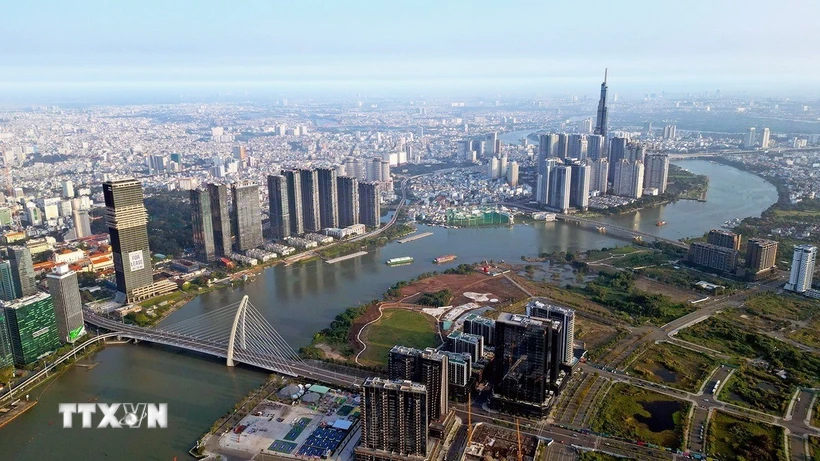
Ho Chi Minh City - the leading economic , cultural and tourist center of the country. (Photo: Tuan Anh/VNA)
Merging provinces and cities, not organizing at the district level, is a major, strategic direction of the Party and State. General Secretary To Lam affirmed that this is a revolution, a breakthrough in institutions, preparing for a "hundred-year vision" of national development.
The entire political system across the country is urgently preparing to operate the two-tier local government model and launch new provinces and cities from July 1.
New machine ready for operation
From July 1, Ho Chi Minh City will have a new look, with a stature and scale many times larger than before.
The new Ho Chi Minh City was formed on the basis of merging Ho Chi Minh City, Binh Duong province and Ba Ria-Vung Tau province, with an area of over 6,772km2, a population of over 14 million people and 168 communes, wards and special zones, with an economic scale of up to 2.71 million billion VND.
The new city is expected to promote the advantages of three localities with adjacent geographical locations, natural conditions, traffic infrastructure, distribution and organization of economic spaces, appropriate scale and level of economic development to become an "international megacity" of Southeast Asia.
The reorganization of the administrative apparatus, departments, branches and public service units of the new city has been carried out urgently and resolutely.
By June 25, the pilot operation of the two-level local government model with all 168 wards, communes, and special zones of the new Ho Chi Minh City was completed.
According to Mr. Lam Dinh Thang, Director of the Department of Science and Technology of Ho Chi Minh City, up to now, the city's shared software system has been guaranteed to be smooth and can be officially put into operation from July 1.
Systems from online conferences to connecting the system for transferring incoming and outgoing documents, the 1022 feedback and recommendation system, and the administrative procedure settlement information system are all smooth during the entire trial operation process.
Notably, the city also successfully tested the connection of the Party and government document management systems according to the two-level local government model.
To prepare for the launch of the new Dong Thap province (merging Dong Thap province with Tien Giang province), the People's Committee of Dong Thap province has piloted the model of commune-level government after the arrangement and 45 public administrative service centers in the new communes and wards.
The Provincial People's Committee has also reviewed and developed a plan for arranging workplaces for provincial-level civil servants and public employees upon the merger. Accordingly, it is expected that from July 1, public service units will arrange for employees to work at the current headquarters in the old Dong Thap province.
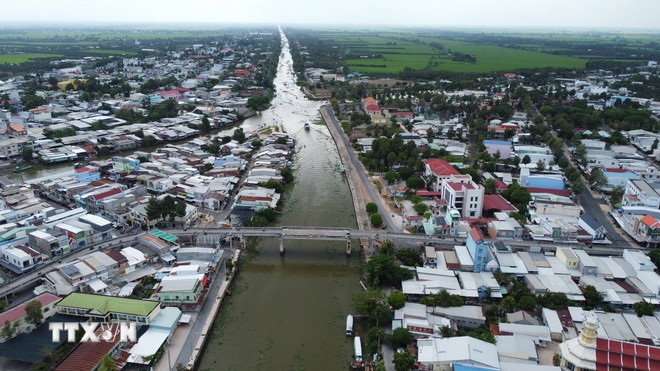
A corner of My An town, Thap Muoi district (Dong Thap). (Photo: Nhut An/VNA)
For public service units subject to arrangement with units under Tien Giang province, the arrangement of workplaces for civil servants will be implemented according to the project of arranging new provincial-level administrative units.
From June 24-26, Ben Tre Provincial Party Committee deployed a pilot operation of the two-level local government model in 48 new communes and wards.
The implementation content is to pilot the organization of the new commune and ward apparatus; in which the operation of the commune-level public administrative service center and the operation of receiving and handling records of the new government are the main highlights and core content.
The Standing Committee of Ben Tre Provincial Party Committee requested agencies, units and localities to prepare best for the smooth official operation of the apparatus from the first day of operation under the two-level model, from July 1, which is also the time when the new Vinh Long province (merging the three provinces of Ben Tre-Vinh Long-Tra Vinh) comes into operation.
The new Ca Mau province (merged from Ca Mau and Bac Lieu provinces) is also bustling with preparations for the reunion of the two localities that used to be under the same roof (old Minh Hai province).
According to the People's Committee of Ca Mau province, up to now, 64 communes and wards of Ca Mau province have simultaneously conducted a smooth trial operation with successful results.
Secretary of the Ca Mau Provincial Party Committee Nguyen Ho Hai said that Ca Mau province is implementing a two-level local government model to ensure centralized and unified leadership and direction of the Party Committee, flexible and effective management of the local government; and timely guidance from specialized agencies throughout the preparation and organization of trial operations in communes and wards.

The southern bank of the Doc River wharf, in the distance is the center of Song Doc town, Tran Van Thoi district (Ca Mau). (Photo: Hong Dat/VNA)
Ca Mau and Bac Lieu have basically prepared the work of arranging the political system apparatus, ensuring conditions, and being ready for the two-level local government to operate smoothly from July 1.
Officials enter the game with a new mindset
The entire political system across the country is urgently completing preparations to operate the two-tier local government model and launch new provinces and cities from July 1.
Along with the urgency and determination of localities, departments, branches and units to "sprint" to test the new apparatus, the team of cadres, civil servants and public employees also seriously prepared with great effort and high sense of responsibility, ready for the historic moment.
In Ward 13, District 4 (after the merger, it will be part of Xom Chieu Ward, Ho Chi Minh City), Ms. Nguyen Thi My Trang, a civil status officer of the ward, said that the civil status department of the ward has been trained twice on the contents related to the organization of two-level local government and the upcoming administrative procedures that will be implemented in the new ward.
“I, as well as the ward’s professional officials, are ready to take on new tasks from July 1,” Ms. My Trang shared. The arrangement of personnel to operate the new apparatus is identified as very important in this institutional “revolution”.
According to the Ho Chi Minh City Department of Home Affairs, based on the Central Government's guidance, the City will transfer all existing district-level staff to commune-level staff. In particular, the current team of leaders and managers of the district-level political system will be arranged as the core in the new commune-level units.
In some cases and places, it is possible to increase the number of provincial-level civil servants and public employees to the commune level.
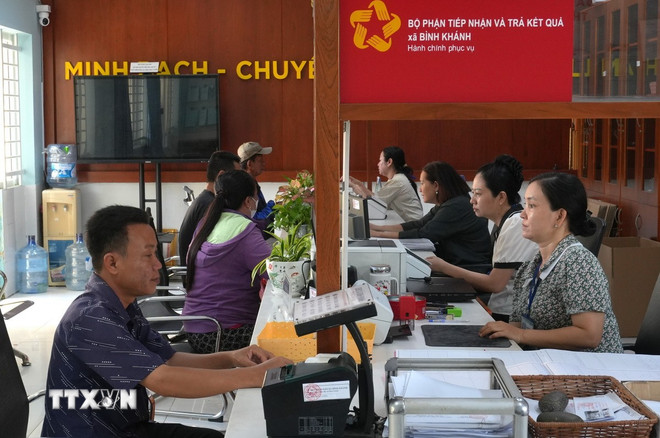
The atmosphere of the last working days in Binh Khanh commune, Can Gio district (Ho Chi Minh City) before the new government comes into operation. (Photo: Huu Duyen/VNA)
Ms. Ngo Hai Yen, Head of the Department of Internal Affairs of District 1 (expected to hold the position of Vice Chairman of the People's Committee of Saigon Ward), said that applying her previous work experience, along with the skills and operations from the pilot training session, she has accumulated more expertise to participate in operating the new administrative apparatus smoothly and effectively.
According to Mr. Vo Van Minh, Chairman of the People's Committee of Binh Duong province, when operating a two-level local government apparatus, the capacity and qualifications of the staff assigned to the new communes and wards have much higher requirements than before in terms of vision, skills and sense of responsibility.
The assignment and arrangement of cadres at the commune and ward levels as well as cadres at departments, branches and public service units must be unified and united for the common goal of ensuring the effective, efficient and productive operation of the new apparatus.
Sharing the same viewpoint, Secretary of the Ba Ria-Vung Tau Provincial Party Committee Pham Viet Thanh advised the cadres, civil servants, public employees, and workers of the province when merging into Ho Chi Minh City, or into new communes and wards, to focus on and master information technology to solve work effectively; to be united, unanimous, have a working style and attitude, and behave friendly towards the people, demonstrating a creative and serving government.
Emphasizing that July 1 is a historic moment, a new milestone, a major turning point in the construction and development of the city and the country, Secretary of the Ho Chi Minh City Party Committee Nguyen Van Nen requested that the staff of the City and the merged localities must devote all their minds, strength, efforts and the highest determination to excellently complete the assigned tasks in each position, with the spirit of being a government close to the people, handling work faster and more effectively, creating maximum convenience for the people of the localities when merging, thus not being subjective, passive, lax, not allowing delays, hesitation or avoidance; ensuring that the two-level local government model operates smoothly, effectively and efficiently, serving the people and businesses faster and more effectively./.
(Vietnam News Agency/Vietnam+)
Source: https://www.vietnamplus.vn/san-sang-cho-buoc-ngoat-lon-trong-xay-dung-va-phat-trien-dat-nuoc-post1046677.vnp




![[Photo] General Secretary To Lam attends the 80th Anniversary of the General Staff of the Vietnam People's Army](https://vphoto.vietnam.vn/thumb/1200x675/vietnam/resource/IMAGE/2025/9/6/126697ab3e904fd68a2a510323659767)
![[Photo] 80th Anniversary of the General Staff of the Vietnam People's Army](https://vphoto.vietnam.vn/thumb/1200x675/vietnam/resource/IMAGE/2025/9/6/49153e2a2ffc43b7b5b5396399b0c471)
![[Photo] Many people directly experience beloved Uncle Ho and the General Secretaries](https://vphoto.vietnam.vn/thumb/1200x675/vietnam/resource/IMAGE/2025/9/6/2f4d9a1c1ef14be3933dbef3cd5403f6)

![[Photo] Rescuing people in flooded areas at the foot of Prenn Pass overnight](https://vphoto.vietnam.vn/thumb/1200x675/vietnam/resource/IMAGE/2025/9/6/19095b01eb844de98c406cc135b2f96c)



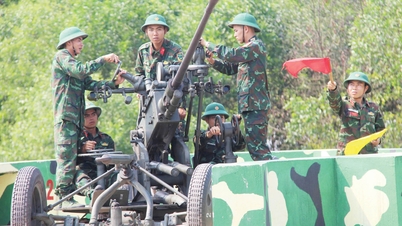

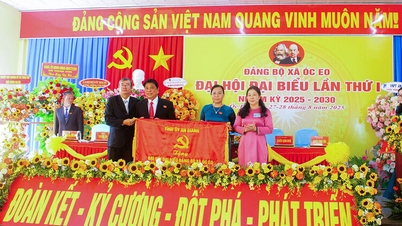






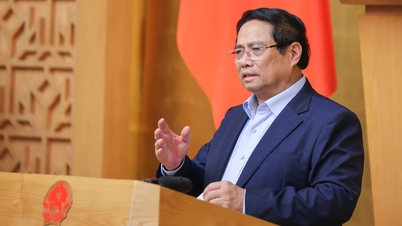



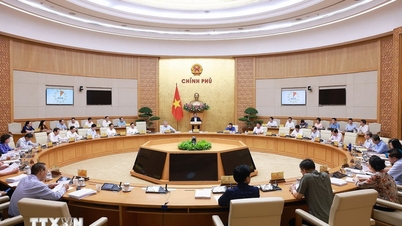


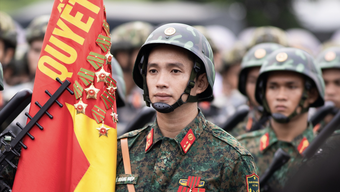

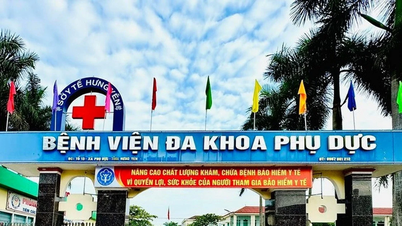


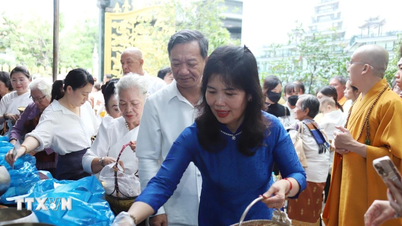





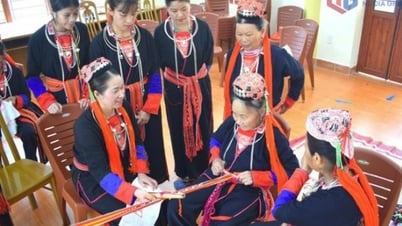
























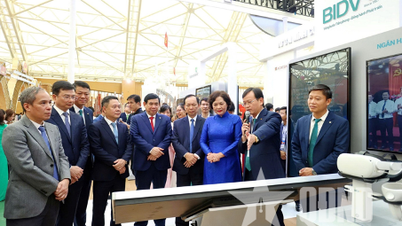


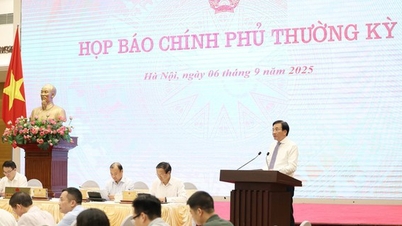






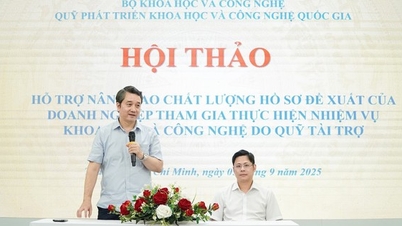







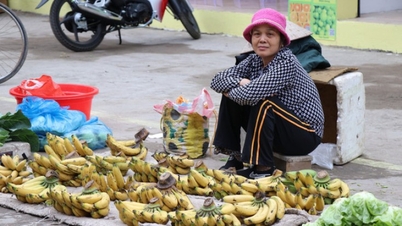





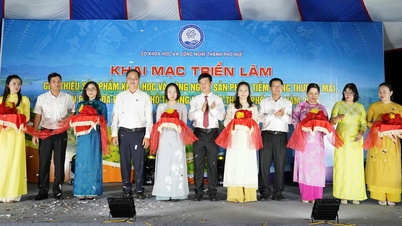
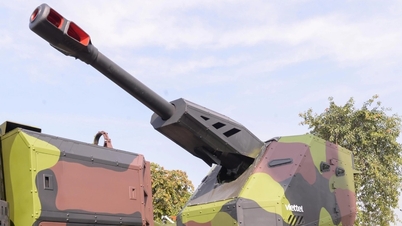







Comment (0)